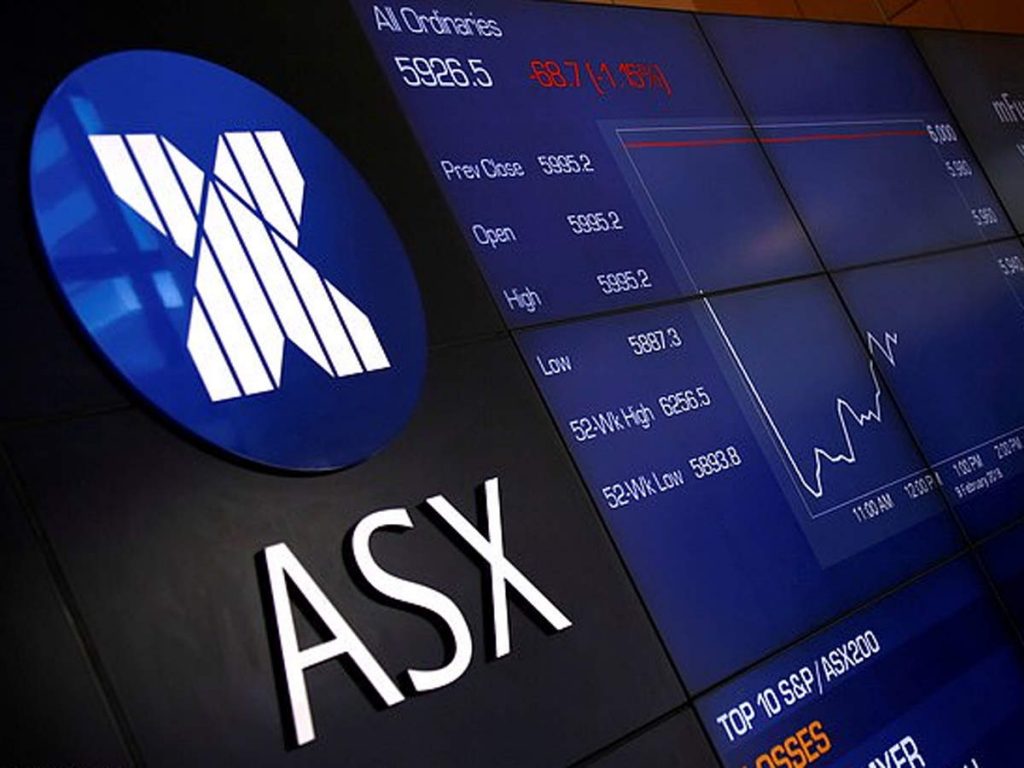What is a contract for differences in Australian trading?

A contract for difference in Australian trading is a financial instrument that allows traders to speculate on the movement of prices between two assets. It’s similar to carrying out transactions using an exchange-traded fund (ETF).
The most significant part of this type of transaction involves the price difference when an investor enters into both legs of the trade instead of just one side. It does not mean there is no present exposure. Suppose there is no change in market conditions or non-performance by either party before settlement. In that case, losses and gains are settled exactly like cash deals, with each party paying their opposite positions.
A CFD provides traders with leverage because it operates under the margin method, where only a percentage of the total contract value needs to be paid. The maximum leverage available under this instrument is generally between 1:20 and 1:50, depending on the media on which it is traded. An investor can control a notional value of $100,000 with only $500 upfront.
This type of trading goes beyond just buying or selling shares in an index because investors can take advantage of fluctuations in prices without paying for them until the settlement date. The future price movement can be either positive or negative for traders who use CFDs, based on their outlook when they place their trades.
Why should you trade with CFDs?
They are versatile
Because they are volatile investments, CFDs are versatile as they allow traders to take advantage of price fluctuations using leverage. As a result, they can enter into speculative trades that focus on short-term investing goals rather than long-term investments strategies.
You can benefit from downward movements
With CFDs, you can benefit from downward price movements by gaining exposure to falling market conditions without putting up any capital until the settlement date. On the other hand, if the market is rising, your only cost is the commission your broker charges after opening your position.
They are very risk-averse instruments
CFDs allow you to limit your losses because you can close or offset your positions at any time before the settlement date, unlike when you buy securities that you cannot sell until they have been received in full. When a market moves against a trader in a CFD, only a fraction of their total exposure is lost unless they choose to let their position expire. The balance exists as profit which can easily be controlled by buying or selling soon after opening a trade. It becomes profitable if the market quickly corrects itself.
What risks are associated with trading CFDs?
Difficult to predict future movements
The market for CFDs is very volatile, so the price of a contract can increase or decrease quickly depending on what happens to the underlying asset. As such, your investment strategy needs to be relatively short-term because you cannot predict the future direction of an instrument with any certainty.
Pricing is not transparent
It’s difficult to determine how much profit or loss will be made when trading CFDs because they are marked-to-market daily. During times of volatility, traders who use these instruments could face additional losses if their broker decides it cannot accommodate their margin requirements. You should always check with your broker about their policy before taking a new position.
Leverage magnifies losses
CFDs provide traders with access to leverage, which means that they can potentially lose more than the total value of their deposit if they make a mistake. As such, it’s crucial to understand how margin requirements work and that there is no cooling-off period for these kinds of instruments. If you find yourself in a situation where your broker does not allow you to close your positions immediately, the best course of action would be to transfer your funds into another account so your positions can be closed safely.
They only require a small initial investment
CFDs require just a tiny percentage of money on deposit as collateral before opening positions. Hence, they are attractive to new traders looking for a way to start trading in the markets without paying the total price for their investments. However, it’s essential to understand that you don’t have complete control over your position, so these types of investments are risky when used with more significant sums.
Have a look at this website for more information.
